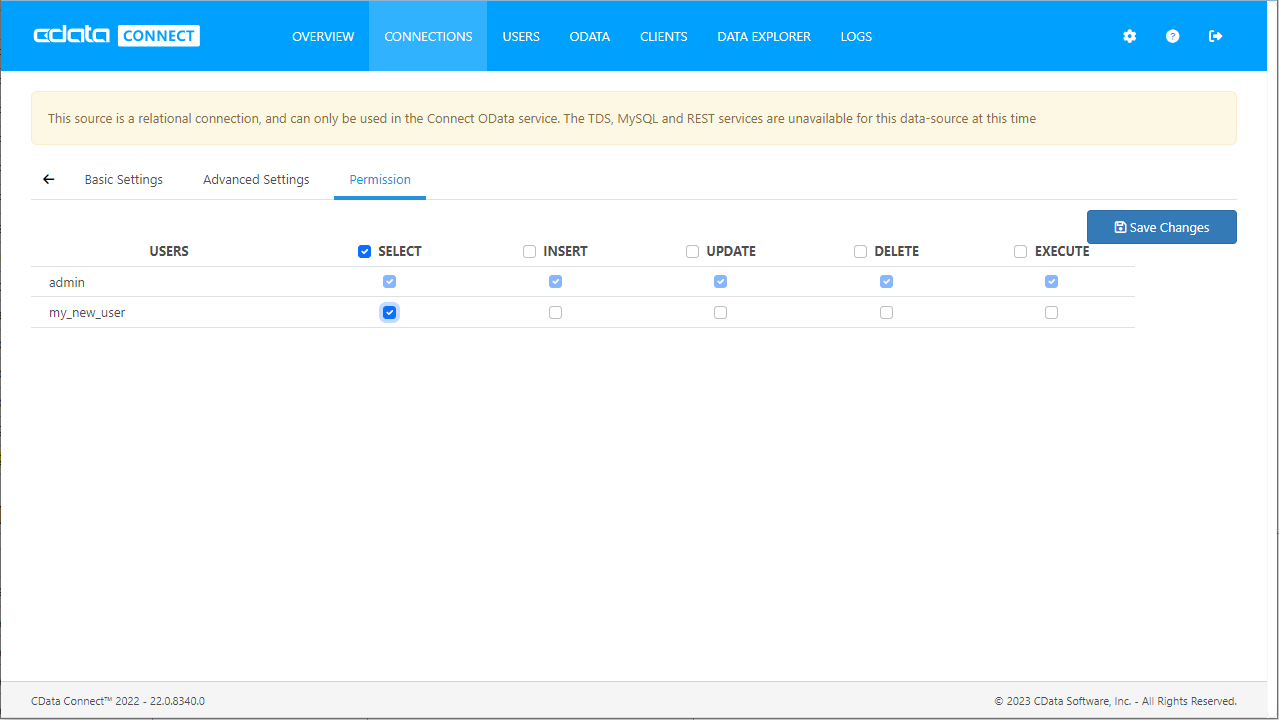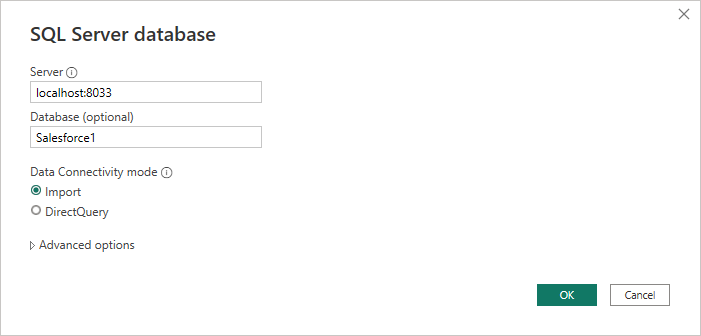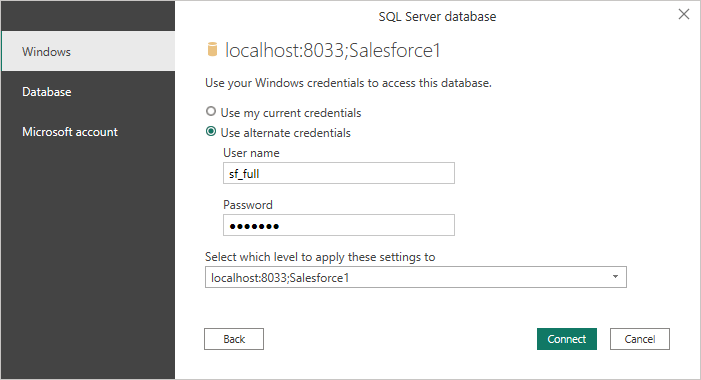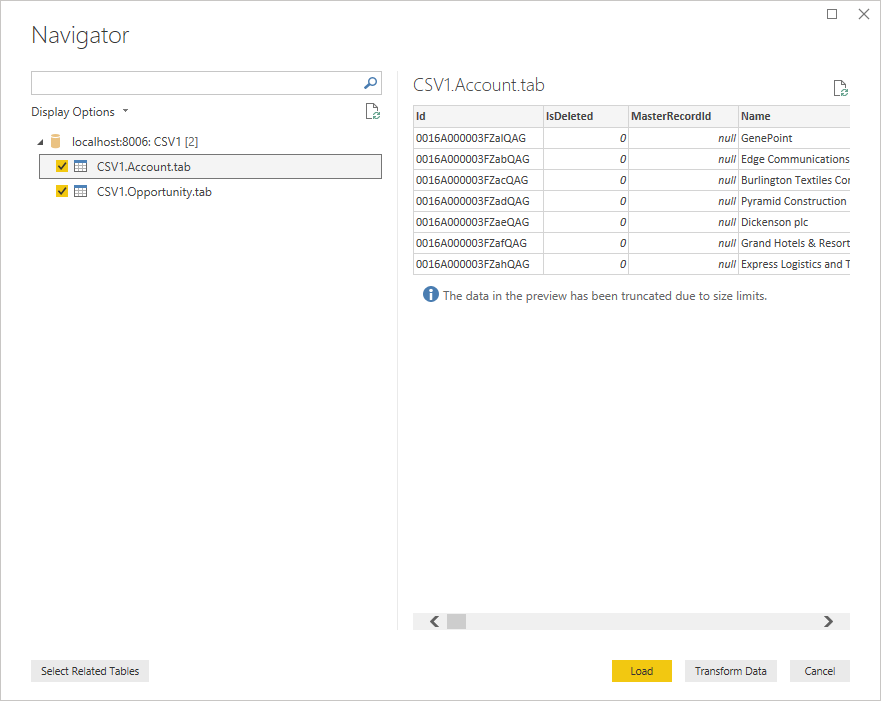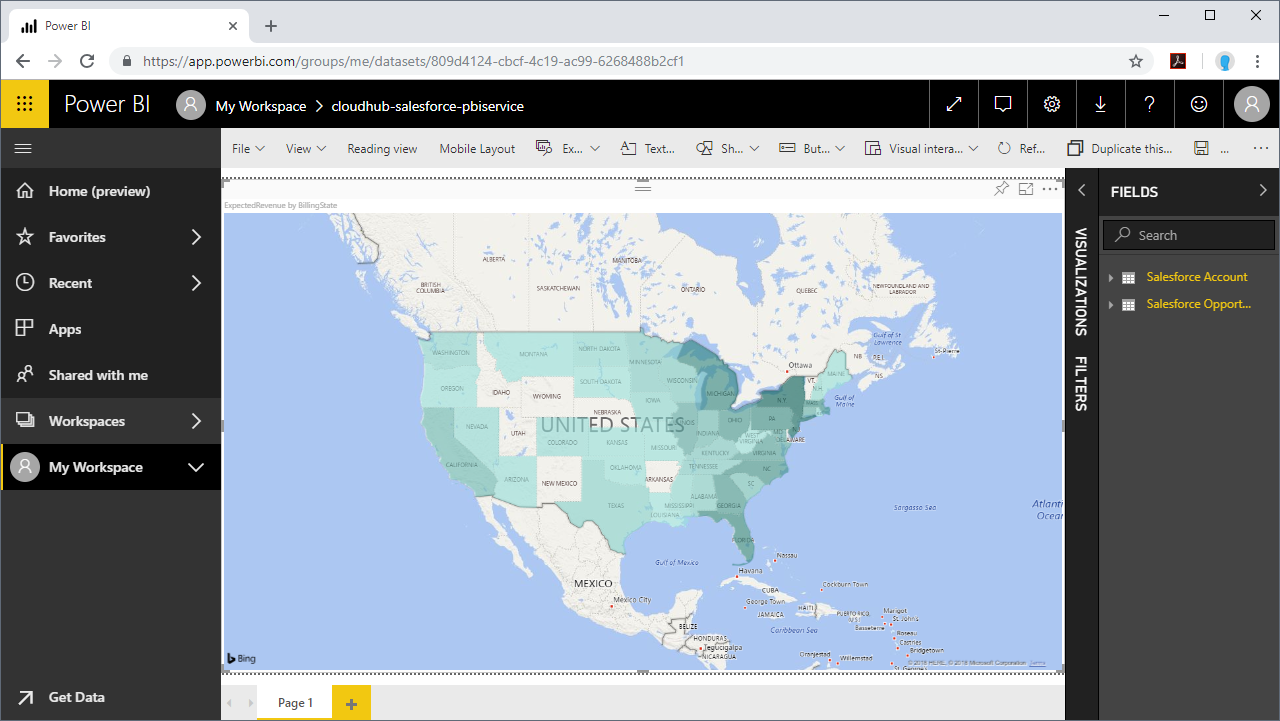Discover how a bimodal integration strategy can address the major data management challenges facing your organization today.
Get the Report →Import Drift Data into the Power BI Service for Visualizations
Use CData Connect Server to create an OData feed for Drift and create custom reports in the Power BI Service.
Power BI transforms your company's data into rich visuals for you to collect and organize so you can focus on what matters to you. When paired with CData Connect Server, you get access to Drift data for visualizations, dashboards, and more. This article shows how to use the CData Connect Server to generate an OData feed for Drift, import Drift data into Power BI and then create reports on Drift data in the Power BI service.
NOTE: You can also use the on-premise data gateway and the SQL interface in Connect Server to connect to Drift data in real-time (instead of importing the data). Read how in the related Knowledge Base article.
Create a Virtual SQL Database for Drift Data
CData Connect Server uses a straightforward, point-and-click interface to connect to data sources and generate APIs.
- Login to Connect Server and click Connections.
![Adding a connection]()
- Select "Drift" from Available Data Sources.
-
Enter the necessary authentication properties to connect to Drift.
Start by setting the Profile connection property to the location of the Drift Profile on disk (e.g. C:\profiles\Drift.apip). Next, set the ProfileSettings connection property to the connection string for Drift (see below).
Drift API Profile Settings
Drift uses OAuth-based authentication.
You must first register an application here: https://dev.drift.com. Your app will be assigned a client ID and a client secret. Set these in your connection string via the OAuthClientId and OAuthClientSecret properties. More information on setting up an OAuth application can be found at https://devdocs.drift.com/docs/.
After setting the following options in the ProfileSettings connection property, you are ready to connect:
- AuthScheme: Set this to OAuth.
- OAuthClientId: Set this to the Client Id that is specified in your app settings.
- OAuthClientSecret: Set this to Client Secret that is specified in your app settings.
- CallbackURL: Set this to the Redirect URI you specified in your app settings.
- InitiateOAuth: Set this to GETANDREFRESH. You can use InitiateOAuth to manage the process to obtain the OAuthAccessToken.
![Configuring a connection (SQL Server is shown).]()
- Click Save Changes
- Click Privileges -> Add and add the new user (or an existing user) with the appropriate permissions.
Connecting to Connect Server from Power BI
To import and visualize your Drift data in the Power BI service, add a Connect Server API user, add Drift OData endpoints in Connect Server, and create & publish a dataset from Power BI Desktop to the service.
Add a Connect Server User
Create a User to connect to Drift from Power BI through Connect Server.
- Click Users -> Add
- Configure a User.
![Creating a new user]()
- Click Save Changes and make note of the Authtoken for the new user.
![Connect Server users]()
- Click Database and select the Drift virtual database.
- On the Privileges tab, add the newly created user (with at least SELECT permissions) and click Save Changes.
![Adding Privileges]()
Publish a Dataset from Power BI Desktop
With the Drift connection configured in Connect Server, you can create a dataset in Power BI desktop using SQL Server connectivity and publish the dataset to the Power BI service.
- Open Power BI Desktop and click Get Data -> Other -> SQL Server and click "Connect"
- Set Server to the address and port of your CData Connect instance (localhost:8033 by default) and set Database to the name of the virtual database you just created (API1)
![Connecting to CData Connect in Power BI]()
- Use "Database" authentication, enter the credentials for a CData Connect user and click "Connect"
![Authenticating with CData Connect]()
- Select tables in the Navigator dialog
![The available tables. (CSV documents are shown)]()
- Click Load to import the data into Power BI
- Define any relationships between the selected entities on the Relationships tab.
- Click Publish (from the Home menu) and select a Workspace.
Build Reports and Dashboards on Drift Data in the Power BI Service
Now that you have published a dataset to the Power BI service, you can create new reports and dashboards based on the published data:
- Log in to PowerBI.com.
- Click Workspaces and select a workspace.
- Click Create and select Report.
- Select the published dataset for the report.
![Select a dataset]()
- Choose fields and visualizations to add to your report.
![Visualizing Drift data in the Power BI service]()
SQL Access to Drift Data from Applications
Now you have a direct connection to live Drift data from the Power BI service. You can create more data sources and new visualizations, build reports, and more — all without replicating Drift data.
To get SQL data access to 200+ SaaS, Big Data, and NoSQL sources directly from your applications, see the CData Connect Server.










